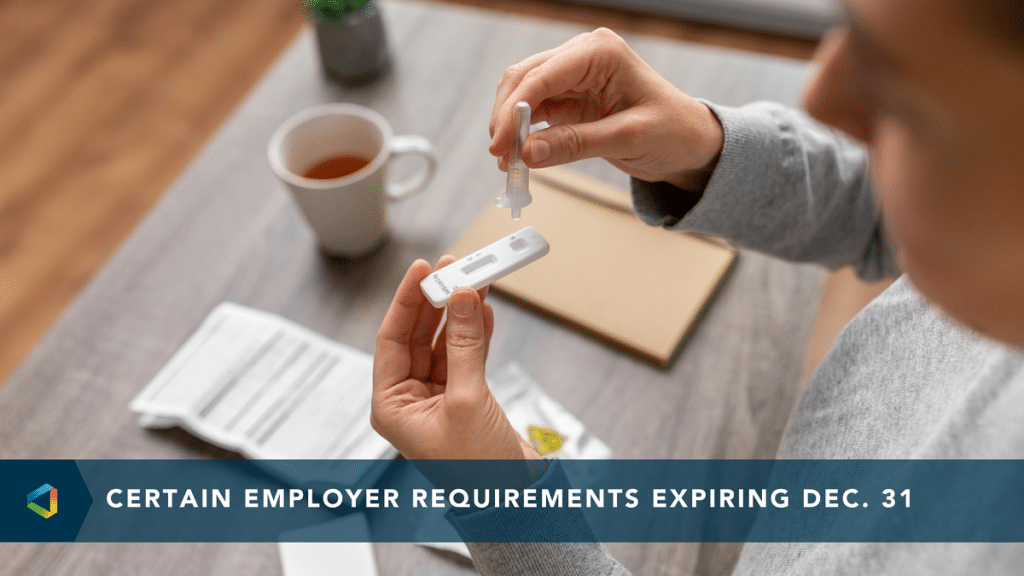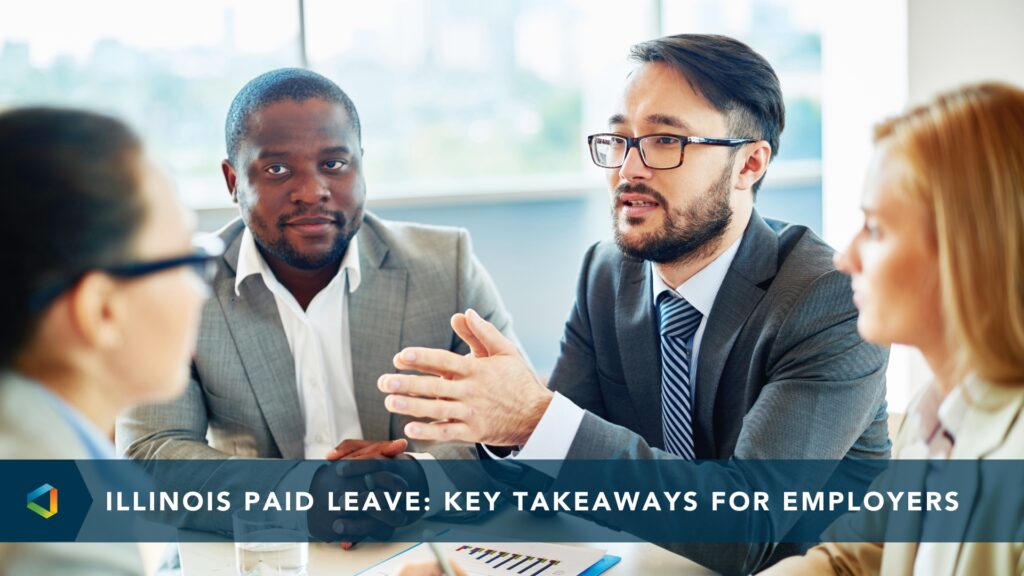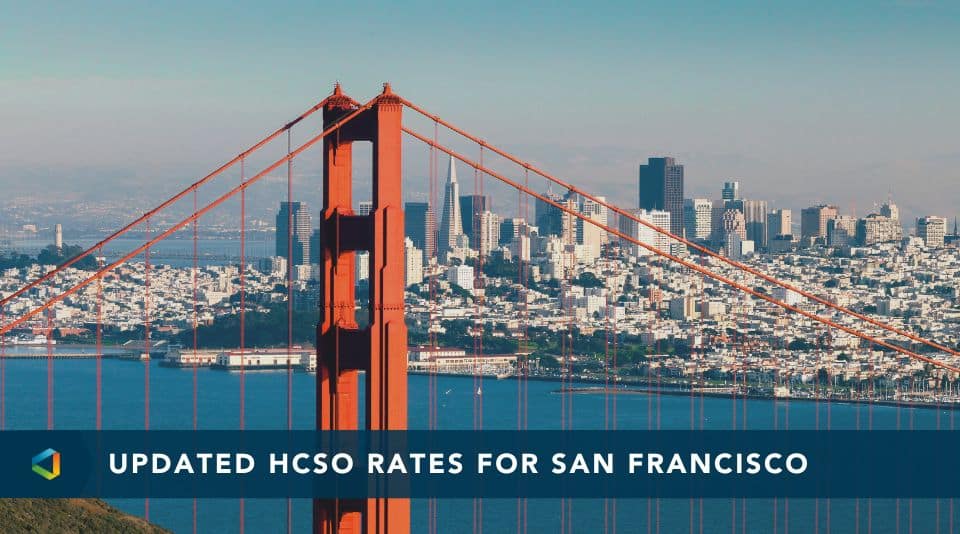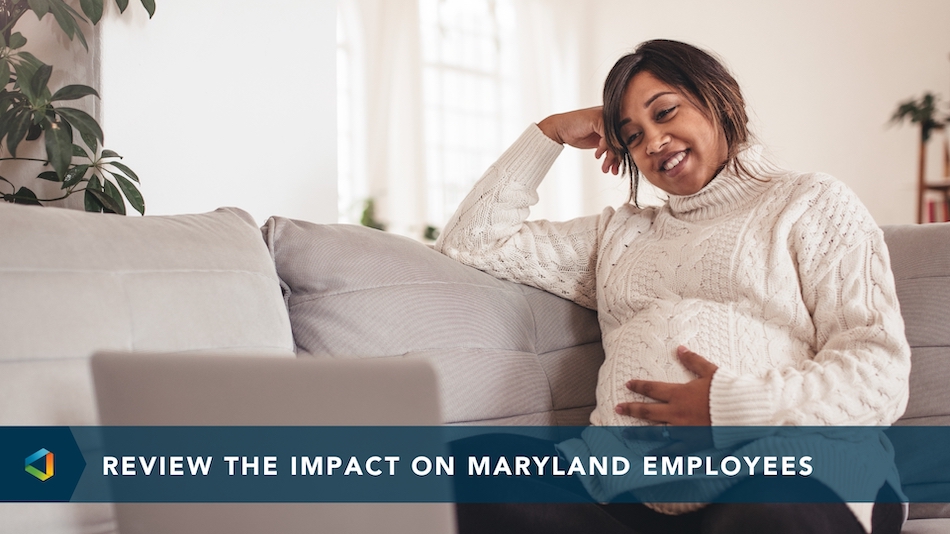Compliance Confidence
Philadelphia Passes COVID-19 Paid Leave Ordinance
Philadelphia Passes COVID-19 Paid Leave Ordinance
On March 10, 2022, Philadelphia’s COVID-19 Paid Leave Ordinance (“Ordinance”) took effect. The Ordinance requires covered employers to provide up to 40 hours of paid sick leave to covered employees for COVID-19 related purposes until December 31, 2023.
Who is a covered employer?
A covered employer is any employer with 25 or more employees. Unfortunately, the Ordinance does not state whether this means that the employee count is only employees located in Philadelphia or if it is the total employee count of the employer. Philadelphia passed a similar ordinance in 2021 and stated that employers should only count employees covered by the law. OneDigital will continue to look for updates on employee count. In the meantime, potential covered employers should work with their legal counsel to determine if the new Ordinance applies to their business.
Who is a covered employee?
A covered employee is an employee who has worked for a covered employer for at least 90 days and:
- Works in Philadelphia;
- Usually works in Philadelphia but currently works remotely because of COVID-19; or
- Works from multiple locations but spends at least 51% of the time working in Philadelphia.
A collective bargaining agreement can exempt union employees if the agreement includes a clear, unmistakable, and explicit waiver. The agreement must also provide paid leave benefits comparable to the Ordinance.
When can covered employees take leave?
Covered employees can use leave:
- to self-isolate because of a positive COVID-19 test or diagnosis, because of COVID-19 symptoms, or to seek a medical diagnosis or care related to COVID-19;
- to care for oneself because a public health official, health authority, health care provider, or employer has determined that the employee’s presence puts others health at risk because of their exposure to COVID-19;
- to care for a family member because of a positive COVID-19 test or diagnosis, because of COVID-19 symptoms, or to seek a medical diagnosis or care related to COVID-19;
- to obtain a COVID-19 vaccine or booster and to recover from any side effects related to the vaccine or booster;
- to care for a child if the child’s school or place of care has been closed because of COVID-19; or
- to care for a family member because a public health official, health authority, health care provider, or employer has determined that the family member’s presence puts others health at risk because of their exposure to COVID-19.
How do covered employees earn leave?
Employees do not accrue leave under the Ordinance. Rather, employers must provide leave based on the number of hours an employee works.
| Employee Hours Worked | Hours of Leave Allowed |
|---|---|
| 40 or more hours per week | At least 40 hours (unless the employer provides a greater amount) |
| Fewer than 40 hours per week | Equal to the amount of time scheduled or actually worked on average in a 7-day period, whichever is greater (unless the employer provides a greater amount) |
| Variable hours | The average number of daily hours scheduled over the past 90 days of work, including hours of leave, multiplied by 7 |
Employers must pay the employee’s regular rate of pay, including benefits, that the employee normally earns. To calculate this rate, employers should use the same formula used for overtime calculations.
How does the Ordinance work with employer PTO policies?
Generally, employers cannot count other PTO they provide to reduce COVID-19 leave under the Ordinance. The only stated exceptions are:
- PTO policies that provide at least 120 hours of paid time in 2022. This includes all paid time off, not just for sick leave, so long as employees can use the PTO for the same reasons listed in the Ordinance.
- Current COVID paid leave policy. If a covered employer already has a specific COVID-19 PTO policy in place, they can keep that policy in place if it matches the benefits provided in the Ordinance.
- Remote workers. If employees complete the majority of their work remotely, employers can keep their existing policy if it allows for at least 80 hours of paid leave in 2022. Employees must be able to use the leave for the same reasons as provided in the Ordinance. If an employer currently has a policy in place that allows for less than 80 hours, they may also increase the hours to 80 in order to comply.
Are there any notice requirements?
Covered employees only need to provide notice if it is practicable and only if the need is foreseeable. Employers can request a self-certified statement from a covered employee that leave was taken for a permissible reason.
Employers have until March 25, 2022, to provide employees with a required notice. This notice must describe the reasons employees can take leave under the law and the amount of leave to which they are entitled. The notice must also state that retaliation against employees that use leave is prohibited and inform employees of their right to file a complaint or a civil action if leave is denied or retaliation occurs. It is expected that Philadelphia will provide a model notice to help employers comply.
Covered employers should quickly put a plan in place. Any employer that was required to comply with the 2021 Ordinance will be able to use many of the same procedures in 2022 and 2023. However, differences between the two ordinances do exist, so it is recommended that all covered employers review the Ordinance with their legal counsel.




